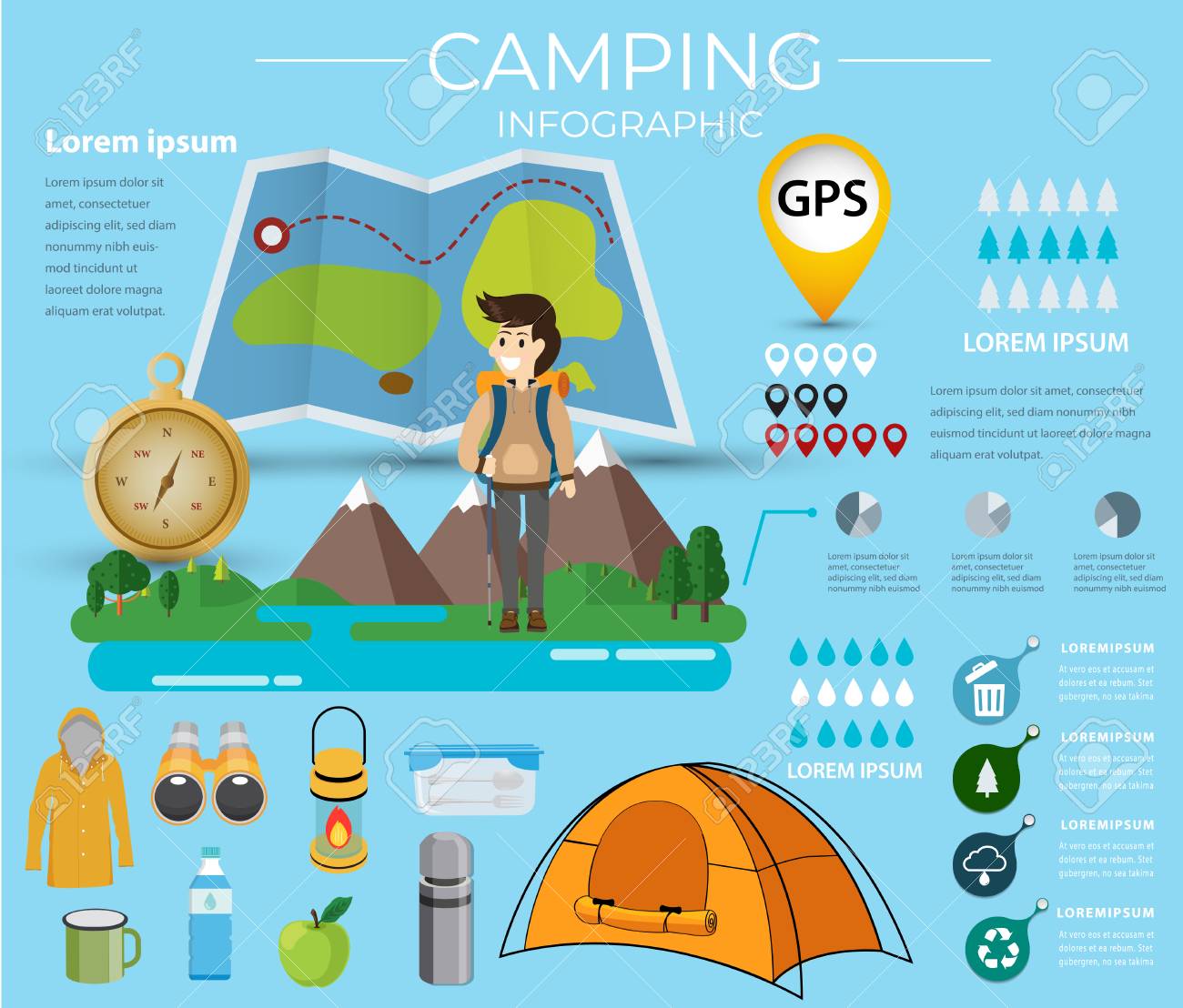The Quick And Easy Guide To Selling Camping Tents Online
The Quick And Easy Guide To Selling Camping Tents Online
Blog Article
Taking Photographs of the Evening Sky
Capturing remarkable photos of the night sky requires mindful preparation. Examining the weather prediction for clear skies is vital, as is understanding what time the moon increases and sets.
Start by adjusting your electronic camera to hands-on capturing mode. Take several test shots with numerous ISO, aperture and shutter rate setups to see what works best.
Camera
A basic DSLR camera with a vast lens functions well for night-sky pictures, but any kind of cam with a big sensor and a hand-operated emphasis setup must work. The vital part is that the video camera can be readied to fire in RAW style, which enables maximum flexibility when editing and enhancing.
Relying on the preferred impact, you may want to take numerous direct exposures and after that merge them in post-processing. This can be useful if you're shooting both a foreground object (like a lake, tree, lorry or a structure) and the night skies and need to expose each at various settings.
You can also explore long-exposure shots that show star routes. This can be accomplished by centering your structure on the North Star and making use of a shutter rate lasting for several mins. This develops incredible arcs and vortex-like circles of light around your topic. It can be time consuming, yet the results are stunning!
Lens
One of the most vital factors in night skies digital photography is choosing the appropriate lens. A high resolution, broad angle lens will aid you catch as numerous stars and the moon in your photograph as feasible.
You will certainly likewise need a tripod to prevent camera shake throughout lengthy direct exposures. It is likewise suggested to shoot in RAW mode, which will give you more latitude in post-processing.
An additional variable is timing. It is best to prepare for when the Galaxy will rise or set depending on your location. There are numerous applications and sites to help with this consisting of PhotoPills.
Ultimately, it is excellent to have an intriguing foreground in your picture to add deepness and contrast. Using fascinating rock developments, structures or even individuals can include a feeling of range to your picture and make it more impactful. Your make-up should likewise follow standard photographic concepts, such as the guideline of thirds and locating prominent lines.
Shutter Speed
The shutter is the part of your in tent electronic camera that sits in front of the image sensing unit and opens and near tape-record an exposure. Its rate impacts just how much light your photo gets-- the much faster it is, the less light gets in.
A slower shutter rate allows a lot more light in, however additionally obscures any kind of activity that takes place throughout the direct exposure, which is useful for capturing star trails and other impacts such as a lengthy exposure to produce an attractive evening skies.
With the right devices, it's feasible to create images that are almost as brilliant as daytime and still be able to catch vivid details of the Galaxy and stars. For maximum clarity, try to obtain as away from towns and cities as possible and examine sites such as this for cloud maps and dark skies.
ISO
Selecting an ISO setup is a vital step in evening sky digital photography. The higher the ISO worth, the a lot more sensitive your video camera will be to light and the brighter your photo will certainly be. Nevertheless, if you go too expensive, the noise in your image will certainly be also noticeable.
An excellent starting point is to set your electronic camera to a reduced ISO of 800, then take an examination shot. If this photo is as well dark, boost the ISO one quit at a time till you have an appropriate image.
Foreground shots in evening skies photos need a lot longer exposure times than the stars, so you'll intend to utilize a tripod. To even more maintain your cam, utilize the remote shutter release to stay clear of any trembling caused by pushing the button on your own. Likewise, remember to keep your lens in Guidebook Focus setting. This will aid you to keep the exact same focal size throughout your shoot. The Policy of Thirds is an important rule for composing night skies images, helping to balance and combine your pictures.
How do you camp in windy conditions?
